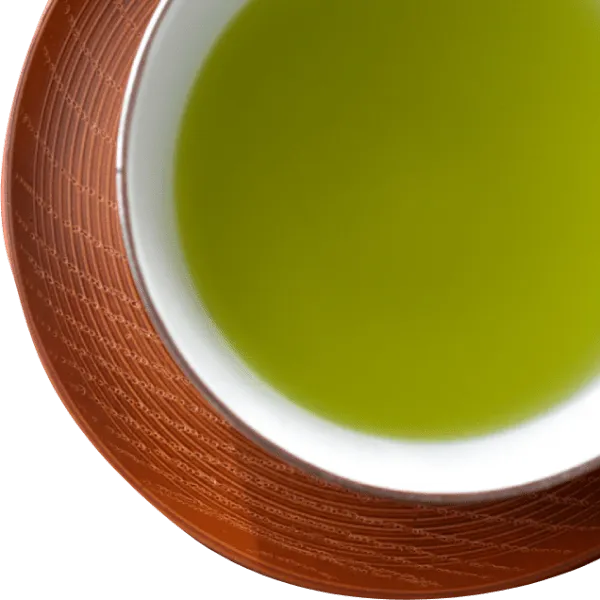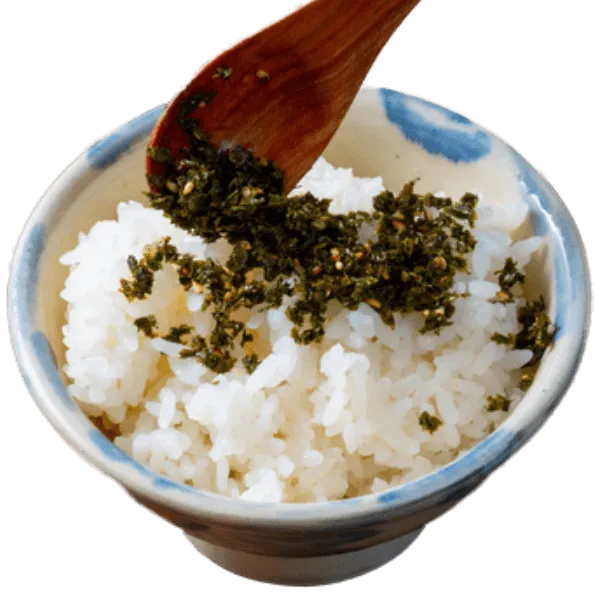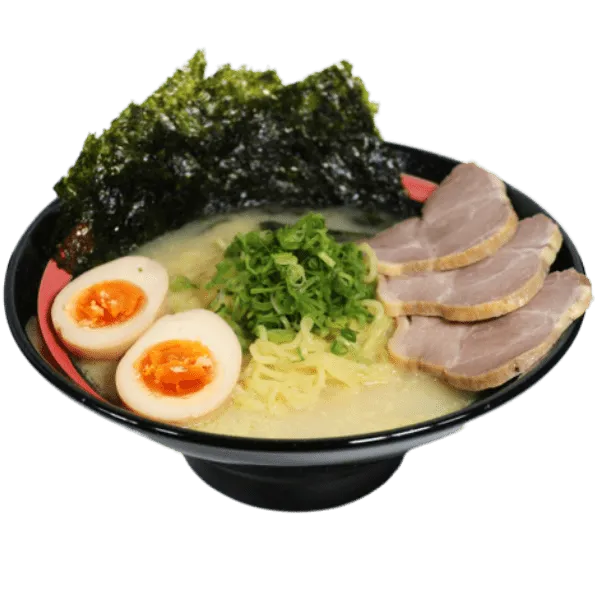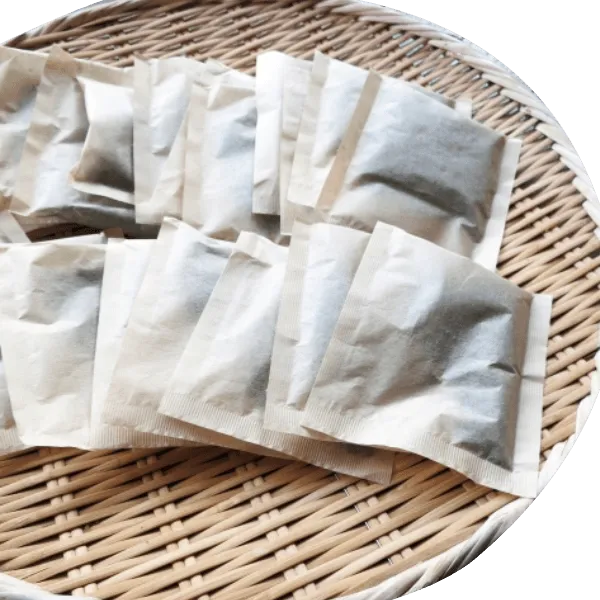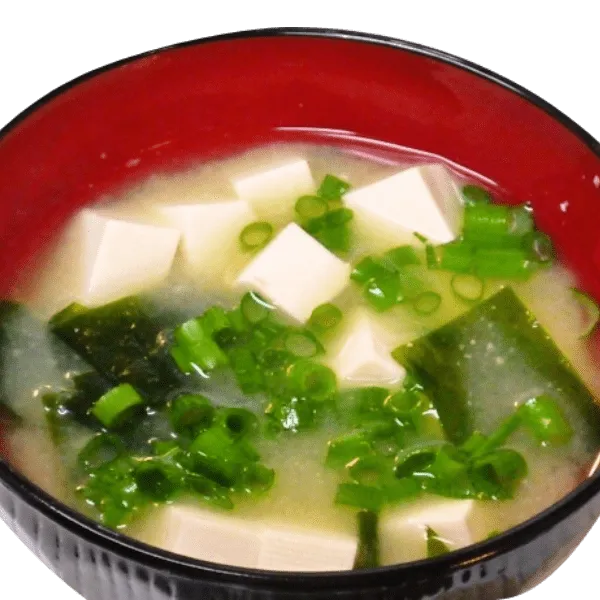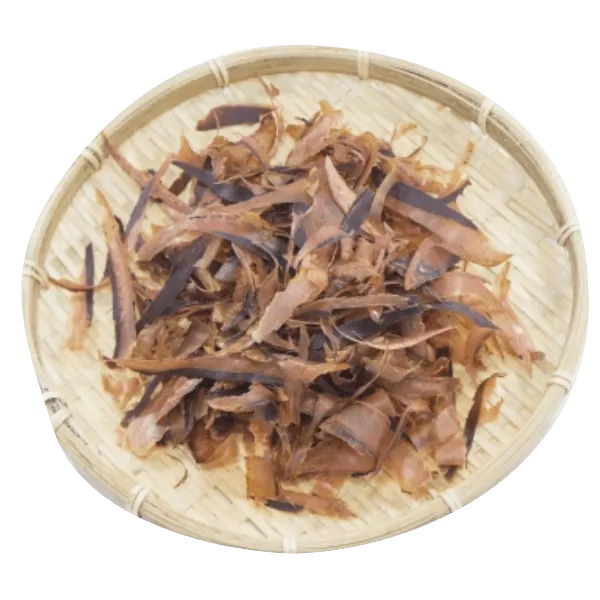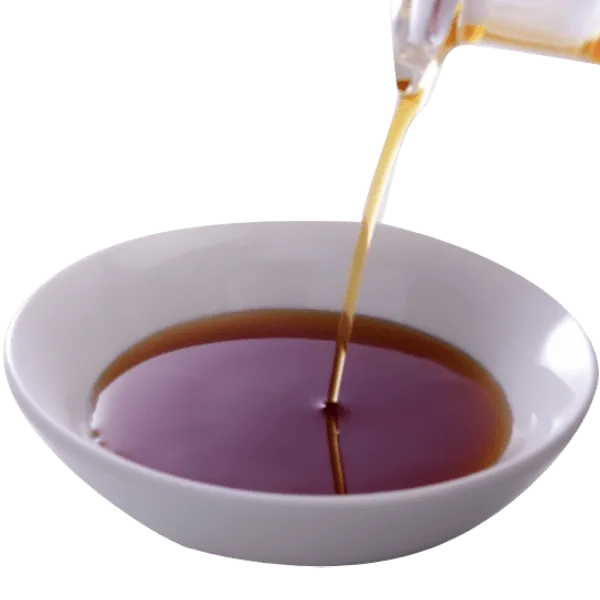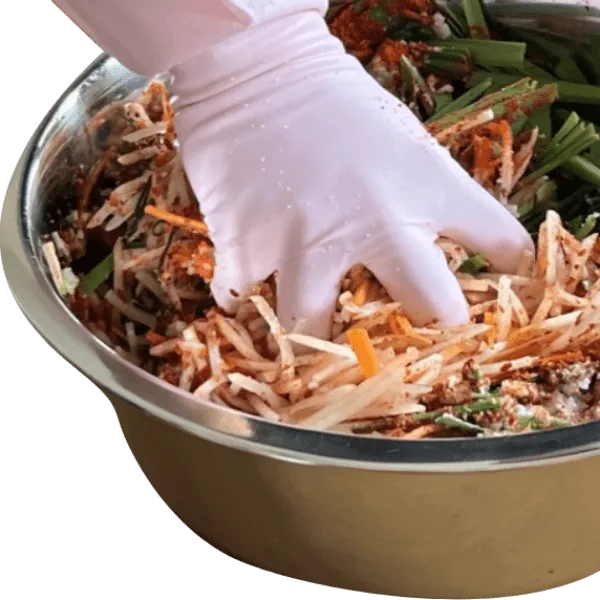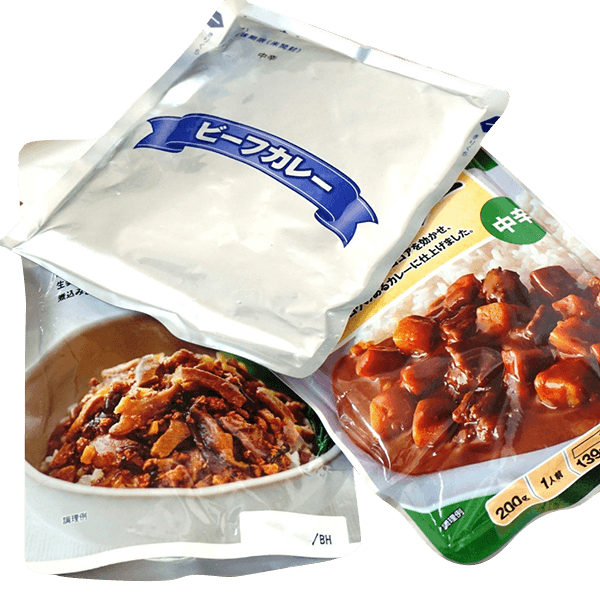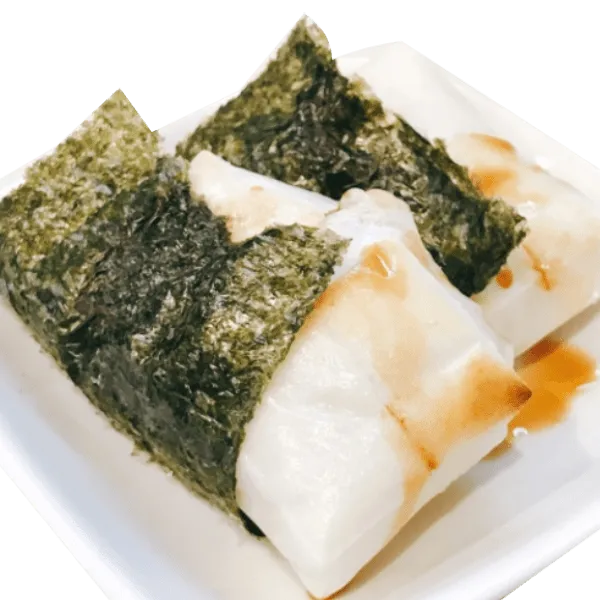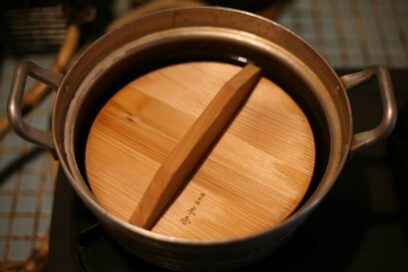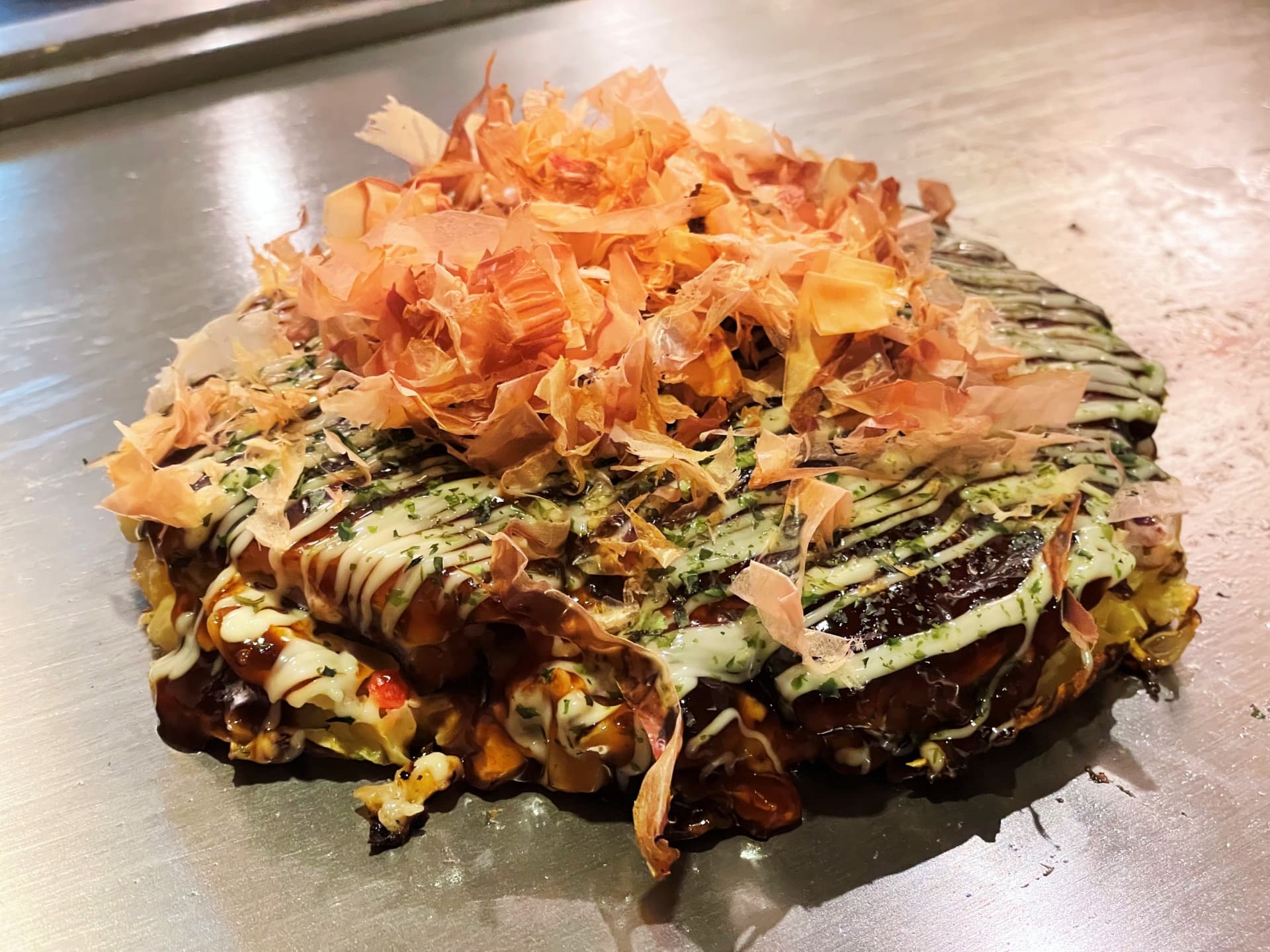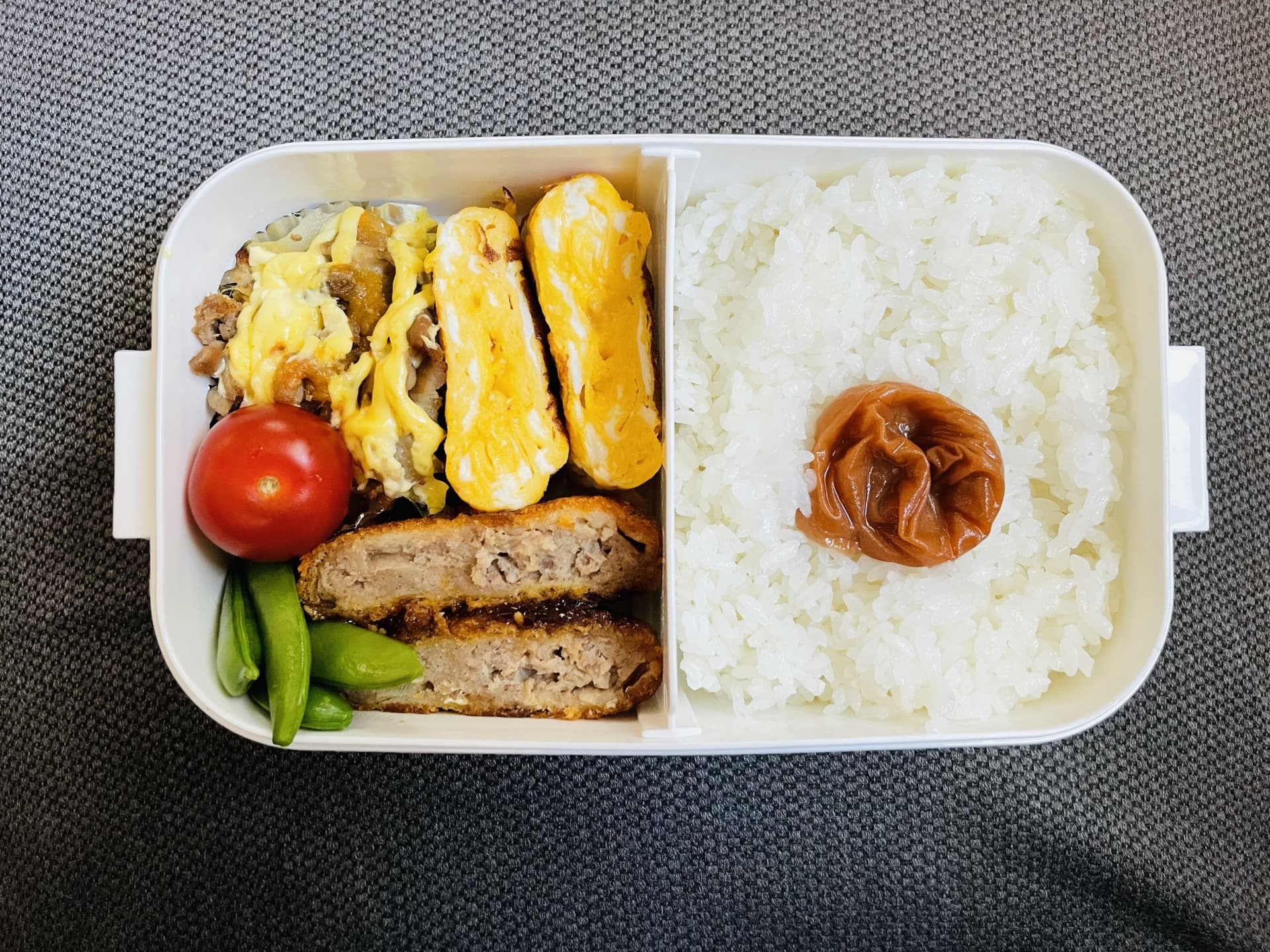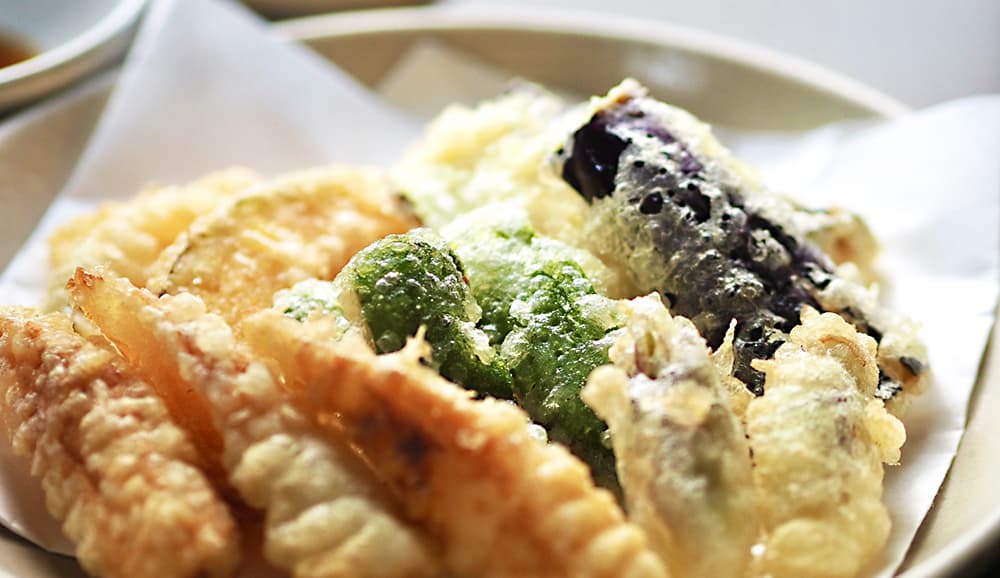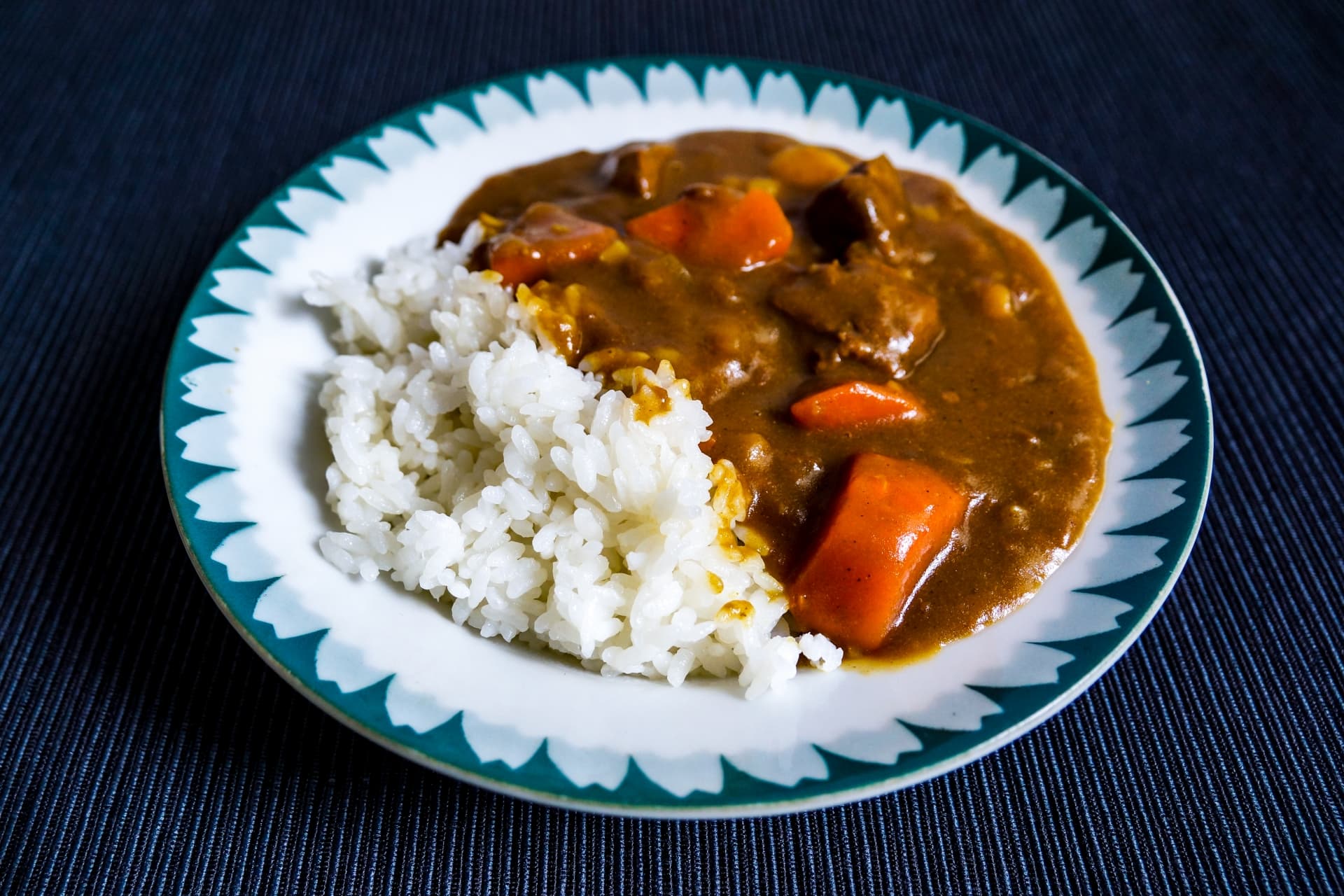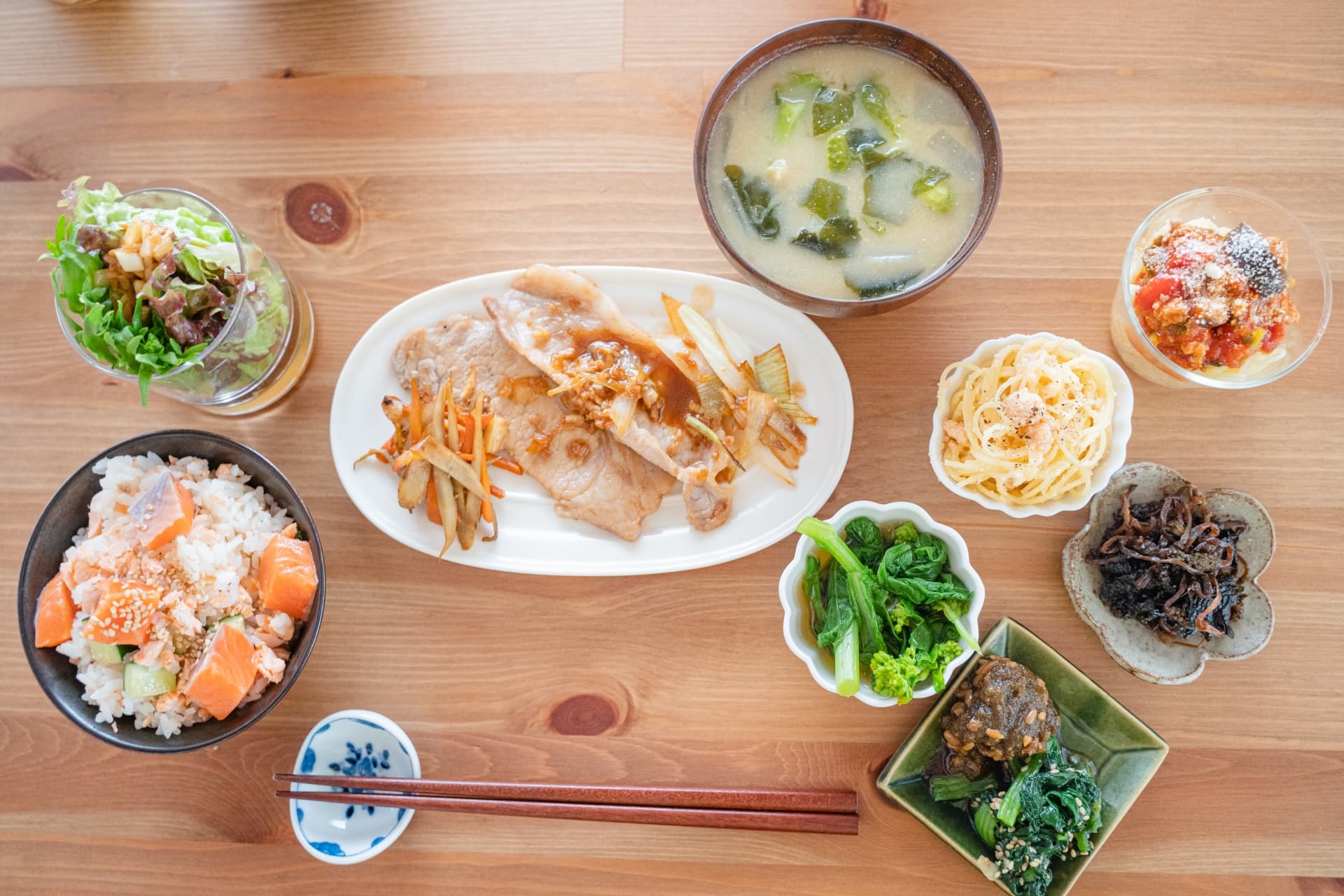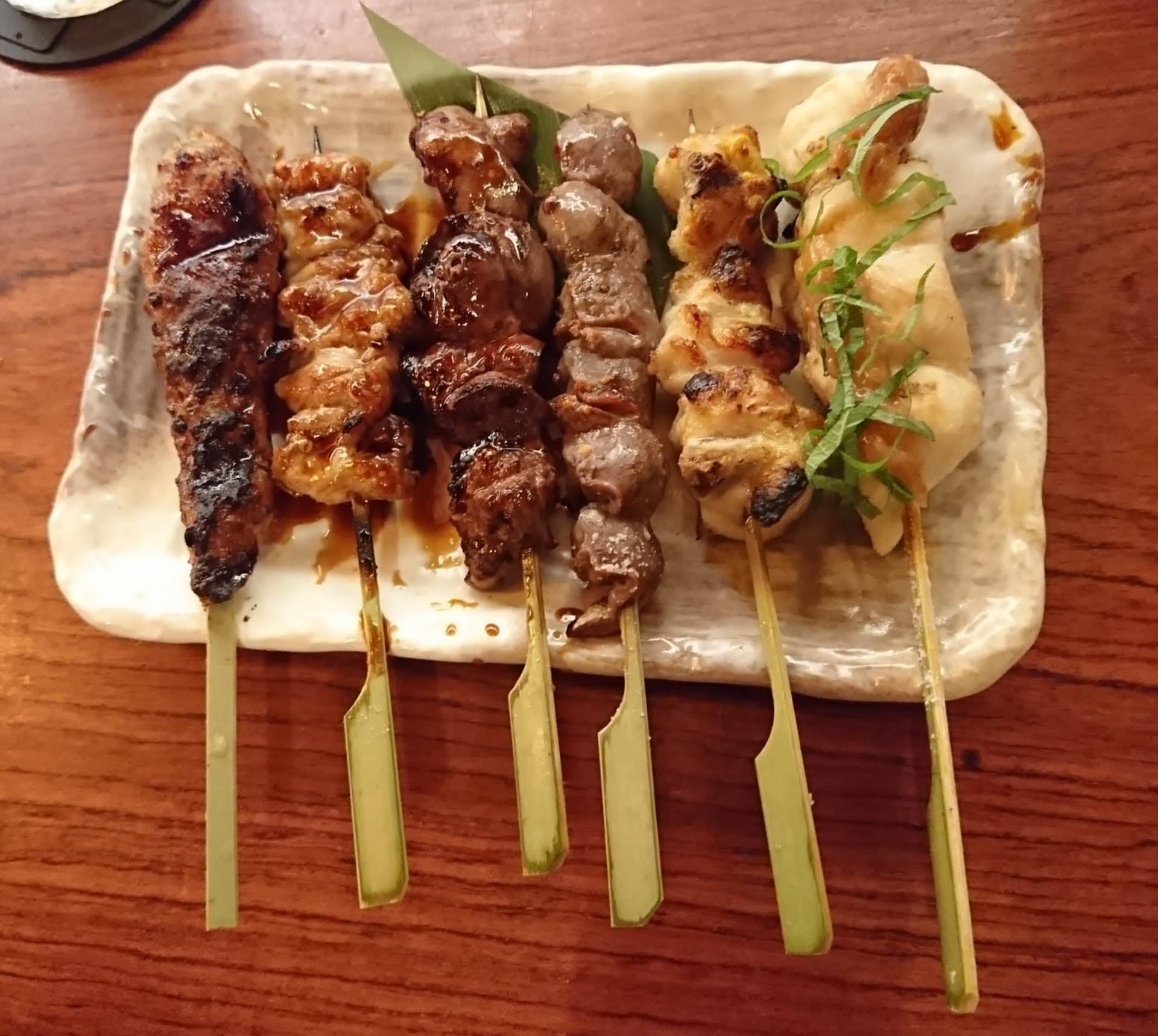- You have no items in your shopping cart
- Subtotal: ₩0.00

Osaka is probably the most famous city in Japan besides Tokyo.
Osaka has its own dialect, its own unique sense of humor, and its people are particularly cheerful and particular.
When it comes to cuisine, there are many dishes that can be called “Osaka’s signature dish. Osaka is famous for its cuisine.
Here are some typical examples.
Okonomiyaki お好み焼き

Okonomiyaki, the most popular flour-based dish, is a must-try in Osaka.
Many people think, “If I visit Osaka, I want to eat authentic okonomiyaki!”
Osaka people are picky about the taste of Okonomiyaki, so restaurants with poor taste or poor cost performance do not last long.
So, you can be sure that Osaka’s okonomiyaki is basically good no matter where you eat it.
Most okonomiyaki restaurants in Osaka have a teppan in front of the customers.


In some cases, the restaurant staff will grill the food completely on a large griddle before it is brought to the customer’s griddle. In other cases, as shown in the photo, the restaurant staff will grill the food on the customer’s griddle, and the customer may grill it himself.
Unless you are used to grilling your own food and want to do it yourself, don’t worry, you can ask the restaurant staff to do it for you.
The batter, ingredients, mixing method, and baking method give each restaurant its own unique flavor.
Okonomiyaki is a dish that can be easily made at home if you have the right ingredients!
Try making it at home once!
Takoyaki たこ焼き

Takoyaki is a flour dough with octopus and condiments, cooked into balls 3 to 5 cm in diameter.
Osaka is associated with takoyaki, and takoyaki is associated with Osaka!
Takoyaki is one of the soul foods that Osaka people love and that symbolizes Osaka.
As the name suggests, it contains octopus.
There are many takoyaki shops throughout Osaka Prefecture, and the prevalence of takoyaki cookers for home use is by far the highest.

It is said that every household in Osaka has at least one takoyaki machine. That is how familiar takoyaki is with the people of Osaka.
The degree of cooking, size, ingredients, etc. are varied, and it is said that there are as many different takoyaki preferences as there are people.
It is served in bite-sized balls and eaten with plenty of sauce, aonori (green laver), or mayonnaise.
Both okonomiyaki and takoyaki have the real appeal of “being able to enjoy cooking together” and “making the dining table more lively. There’s nothing like food made on the table and eaten together!
Fried pork on skewers 串カツ

“Kushikatsu” is known as an Osaka specialty, but similar foods exist throughout Japan.
For example, in Tokyo and other parts of the Kanto region, kushikatsu is usually made by skewering breaded pork and onions, then seasoning them with tonkatsu sauce or other seasonings.
In the Chukyo region, such as Nagoya, pork skewered and deep-fried and seasoned with miso is the main type of pork cutlet.
The type of kushikatsu in Osaka is characterized by the wide variety of ingredients used.
In addition to meats such as beef and pork, there are seafood such as horse mackerel, octopus, and sea eel, vegetables such as onions and shiitake mushrooms, and some restaurants even serve “bizarre” items such as scorpions and frogs.
In short, if you coat skewered ingredients with batter and deep fry them, they can all be made into kushikatsu.
And “Kushikatsu” in Osaka are bite-sized and smaller than in other parts of Japan.
The bread crumbs are finer than usual, which gives the kushikatsu a fluffy texture without being cloying.
The seasoning is often a special sauce based on light Worcestershire sauce, with soy sauce and vinegar added.

And the important thing about Osaka’s kushikatsu is the rule on how to eat it.
That is “No dipping the skewers in the sauce twice!
Since the sauce in one container is often shared, it is not sanitary to put the skewers back into the container once they have been dipped.
However, there will inevitably be cases where you run out of sauce.
In such cases, you can use the cabbage served with your meal as a spoon to scoop up some more.
Butaman 豚まん

Chinese steamed buns called “nikuman” are called “Butaman” in the Kansai region.
When it comes to the most famous pork bun in Osaka, the name “551 Hourai” is definitely at the top of the list.
Hourai (551 Hourai) sells about 170,000 pork buns a day.
It is well known outside of the Kansai region and is also known as a standard Osaka souvenir that is appreciated as a gift.

The ironclad rule for 551 Hourai’s pork buns is to produce and sell them on the same day!
It is surprising that they sell 170,000 pieces a day under these conditions.
The production method has not changed since its establishment, and each one is made by hand by craftsmen.
The pork and onion ingredients are diced for texture, and the sweet onions and juicy pork create an exquisite flavor.
It is hearty and satisfying, and once you try it, you will become addicted to it.
Fugu pot “Tecchiri ふぐ鍋”

Fugu is known as a luxury food!
Osaka is not a specialty of pufferfish, but it is a “pufferfish powerhouse,” accounting for more than 60% of the nation’s pufferfish consumption.
There are many puffer fish restaurants.
Many people enjoy fugu nabe during their sightseeing trips to Osaka because it is reasonably priced compared to Tokyo.
The name for pufferfish hot pot in Osaka is “tecchiri-nabe”.
The fugu (tiger puffer), a tasty but highly poisonous fish, could kill you if it hit you. It is said that the name “散り chiri” was derived from the analogy of a gun, which could also kill you if it hit you.
During the Edo period (1603-1867), many people were killed by being hit by pufferfish, so eating pufferfish was banned among the samurai class.
It was not forbidden among the common people, but they enjoyed it using the cloaked word “tecchiri” (meaning “tetchiri” in Japanese) because they were afraid of the samurai class.
Tecchiri nabe is a winter delicacy. The globefish meat is cut into small pieces and stewed with vegetables and shiitake mushrooms, then dipped in ponzu (Japanese sauce made from ponzu citrus juice) or soy sauce.
The thick, plump texture of the puffer fish and the flavor of the broth are irresistible.
Doteyaki どてやき

As mentioned in the “Negi-yaki” section, inexpensive and tasty “beef tendon” is very popular in Osaka!
Cooking with this beef tendon stewed is also widespread. While “sujikon,” which is also used as an ingredient in negiyaki, is soy-sauce based, “doteyaki” is a dish cooked with miso-flavored base.
Doteyaki was originally served grilled on a teppan (iron griddle), but nowadays, the most common method is to cook it in an iron pot.
The name “Doteyaki” comes from the fact that in this process, miso is heaped inside the iron pot in a “Dote-like” shape and cooked.
“Dote” means embankment
Basically, the only ingredient used in Doteyaki is beef tendon.
The sinewy meat is pre-boiled to remove excess fat, cut into reasonable-sized pieces, and skewered. Miso (mostly white miso), mirin (sweet cooking sake), and broth are added and simmered to complete the dish.
The tender texture of the tender braised sinewy meat is irresistible, and the moderately sweet white miso sauce gives it a deep, rich flavor.
Some restaurants stew not only beef sinew but also konnyaku (kelp) as an accompaniment.
Doteyaki is known as a Shinsekai specialty along with kushikatsu, but a dish of the same name also exists in Nagoya and other parts of the Tokai region.
The main ingredient is beef tendon, but the difference is that in Osaka, white miso is the main ingredient, while in the Tokai region, the famous Hatcho miso is the main ingredient.
Squid roastイカ焼き

We would like to introduce “ikayaki,” a dish well-known to those in the know.
In Japan, “ika-yaki” often refers to “ika no maru-yaki” (whole grilled squid), but in Osaka, it is a completely different product.
It is an okonomiyaki-like food made with squid fillets in a thin flour dough.
It is a gourmet food typical of Osaka’s floury culture, but it is not often seen outside of Osaka.
It is a specialty of the basement of the Hanshin Department Store in Umeda, and is so popular that long lines of people form every day to get a taste.
To make ikayaki, squid fillets are kneaded into a flour dough mixed with soup stock, placed between two special griddles heated to high temperatures, and baked at once.
The ikayaki is then coated with a special sweet and spicy sauce to complete the dish.
The chewy texture of the dough and the plumpness of the squid are irresistible, and the sweet and spicy sauce is very appetizing.
Cooking time is a minimum of 30 seconds.
It is perfect as a casual fast food or as a snack with drinks.
Most of the restaurants offering this dish are concentrated in the downtown area of Osaka, and it is widely established as a gourmet dish for the common people.



